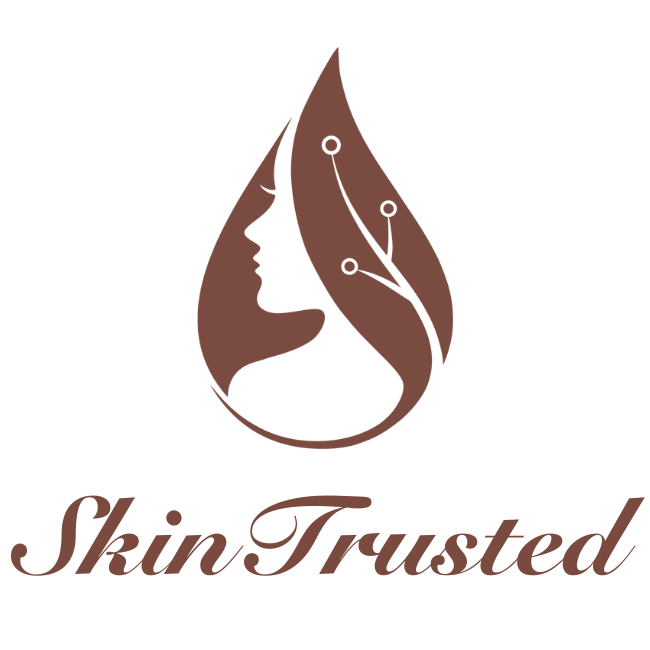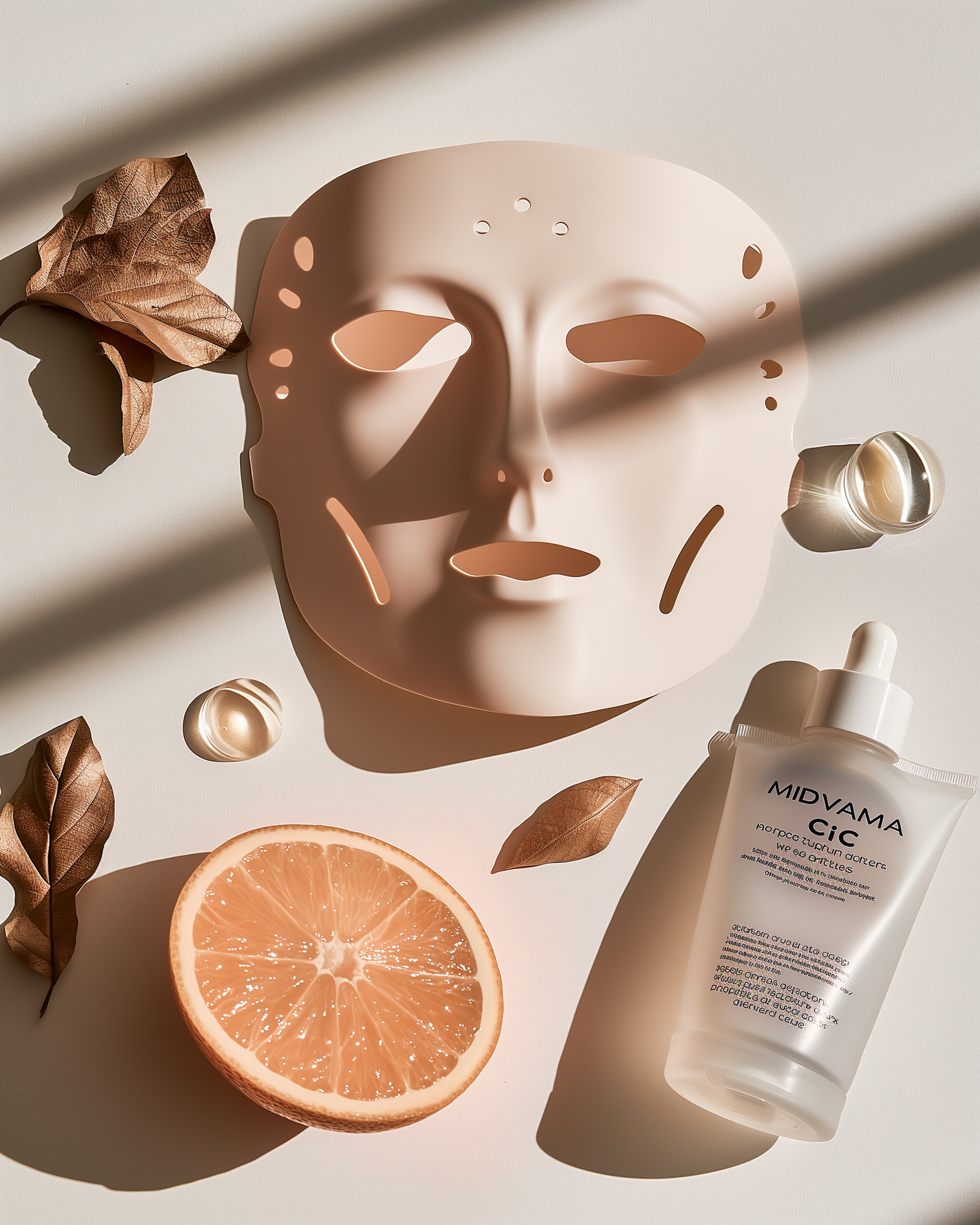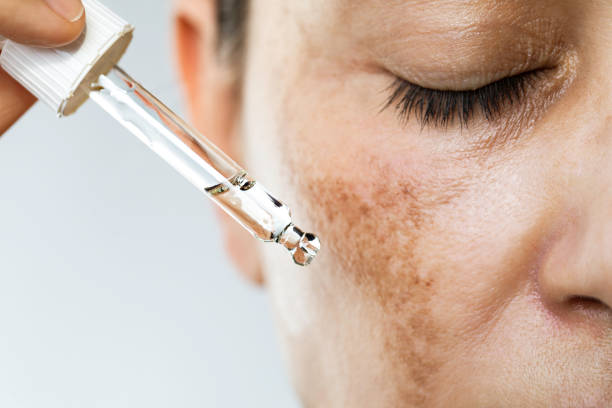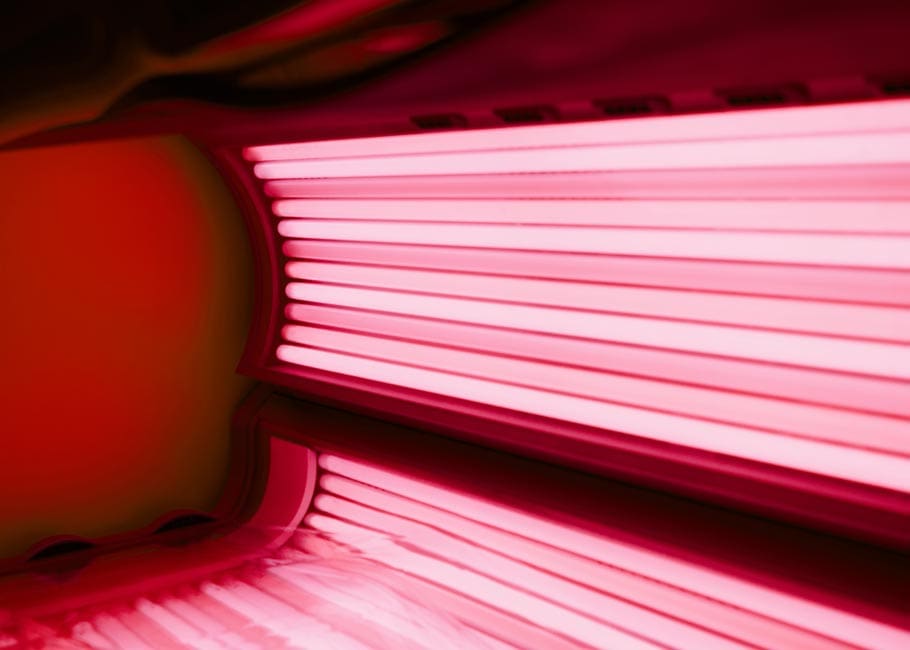- Dull Skin
- Unwanted Facial Hair
- Skin Texture
- Post-inflammatory Hyperpigmentation
- Appearance of fine lines and wrinkles
PRICE RANGE: Professional treatments range from $45-$300. Depends on location, treatment practitioner, and treatment areas. $15-$200 for at-home dermaplaning devices.
AVERAGE DOWNTIME: There is no downtime.
DERMAPLANING OVERVIEW
WHAT IT DOES:Dermaplaning is a professional exfoliation technique that uses a surgical-grade scalpel to gently remove dead skin cells and fine facial hair. During the treatment, the provider holds the scalpel at a precise angle, allowing it to glide across the skin and exfoliate the top layers, leaving the complexion smooth and luminous. This method is particularly suitable for sensitive skin or individuals with conditions, such as pregnancy, that might make exfoliating acids unsuitable.
Dermaplaning can stand alone or be paired with other treatments. Some professionals incorporate it into facials to boost the efficacy of chemical peels or improve the penetration of serums, as the freshly exfoliated skin absorbs active ingredients more effectively. This combination approach enhances the skin's glow and maximizes the benefits of subsequent skincare applications.
WHAT YOU NEED TO KNOW: While dermaplaning is similar to shaving in technique, regulations on who can perform it vary by state. For example, estheticians in California are not permitted to perform dermaplaning, while in New York, licensed estheticians may offer this service. However, even in states where dermaplaning is permitted for estheticians, the qualification requirements for training vary. It's important to confirm that a skincare professional has received the appropriate training and certification for this procedure. This step helps ensure the safe, effective removal of dead skin cells and fine facial hair without risking irritation or injury.
DERMAPLANING FAQS
What are the negatives of dermaplaning?
The main limitation of dermaplaning is its surface-level impact, as it only addresses the uppermost skin layers. This makes it less potent compared to deeper exfoliation treatments like chemical peels, which can penetrate the skin more extensively and offer more comprehensive results for texture, discoloration, and signs of aging. Additionally, dermaplaning should not be performed on skin with active lesions, such as acne pustules or cold sores, as this can exacerbate irritation, spread bacteria, or worsen the underlying condition.
Do dermatologist recommend dermaplaning?
Dermaplaning provides an immediate glow, improved skin texture, and increased cell turnover, making it suitable for almost all skin types, including sensitive ones. This non-irritating exfoliation method has received dermatologist approval for its effectiveness and lack of downtime, which also makes it a versatile tool in professional skincare settings. For instance, dermatologists may perform dermaplaning before laser treatments or deep chemical peels to enhance penetration and efficacy, allowing active ingredients to reach deeper layers of the skin more efficiently.
In a clinical setting, dermatologists often use a device called a dermatome—a tool resembling an electric razor with an oscillating blade that gently "skims" the skin's surface, removing dead cells and fine hairs evenly. This advanced approach to dermaplaning can make the skin more receptive to subsequent treatments, helping to maximize their results while maintaining the skin's smoothness and radiance.
Does dermaplaning make hair grow back thicker?
Dermaplaning or shaving facial hair does not alter the hair's color, thickness, or growth rate. Because dermaplaning cuts hair at the surface, it creates a blunt edge, which may feel temporarily coarser as it grows back—leading to the misconception that the hair is thicker. However, hair growth characteristics are determined by factors such as hormones, specific medications, and medical conditions, not by shaving or dermaplaning.
Changes in hair texture or growth pattern are commonly influenced by hormonal shifts during puberty, pregnancy, menopause, or as a side effect of some medications and health conditions, which can increase hair density or alter its coarseness. Dermaplaning, by only addressing the skin’s surface, does not impact these underlying factors that govern hair growth.
What should you not do after dermaplaning?
After dermaplaning, the skin becomes more sensitive to environmental factors, especially UV exposure, which can increase the risk of sun damage. Therefore, consistent use of sunscreen is crucial following dermaplaning. Additionally, avoiding potentially irritating skincare products, such as those with retinoids or strong acids, for 48 hours allows the skin to recover adequately. It's also recommended to skip any other forms of exfoliation, including scrubs, for up to a week, as these could lead to over-exfoliation.
For optimal recovery, steer clear of steam rooms, saunas, and intense physical activity for 24 hours to avoid excessive heat exposure, which could aggravate the skin. Swimming pools should also be avoided for at least three days to reduce the risk of irritation from chlorine. By following these post-care guidelines, you can help protect and maintain the skin’s smooth, radiant appearance after dermaplaning.
Can you dermaplane if you use retinol or retinoids?
There isn’t a universal guideline for using retinoids with dermaplaning, as the suitability depends on factors like skin sensitivity, the strength of the retinoid, and individual tolerance. Generally, stopping prescription-strength retinoids at least one week prior to a dermaplaning session is recommended to avoid excessive irritation. For milder, over-the-counter retinoids, discontinuing use two to three days beforehand should suffice. Retinol can be reintroduced 2–3 days after dermaplaning to enhance the treatment’s efficacy, as freshly exfoliated skin is primed for improved absorption.
Consulting a skincare professional before dermaplaning is essential for personalized guidance, as they can assess the specific retinoid product and provide tailored advice on how to safely incorporate it into your post-treatment routine.
How often should you dermaplane your face?
For a professional dermaplaning facial, it’s recommended to wait at least a month between sessions. This interval allows the skin ample time to recover fully from the exfoliation, maintaining a healthy skin barrier. At-home dermaplaning tools, like the Dermaflash®, are typically safe to use weekly on healthy skin, provided they’re used with care. However, if other forms of exfoliation are in use—such as chemical peels, scrubs, or brushes—it's important to space out dermaplaning sessions to prevent over-exfoliation, which can disrupt the skin's protective barrier and lead to irritation or sensitivity.
Can dermaplaning remove dark spots?
Dermaplaning promotes exfoliation, accelerating cellular turnover, which can assist in the removal of pigmented cells that have gathered in response to inflammation, such as post-acne marks. By removing surface layers, dermaplaning may help brighten dark spots on the outer layers of the skin. However, it does not impact pigmentation rooted in deeper skin layers, like in moles or certain freckles. For these deeper pigmentation issues, alternative treatments such as laser therapy or chemical peels may offer more effective results by targeting pigment at a cellular level within the dermis.
Should your face be wet or dry when dermaplaning?
Dermaplaning is generally performed on clean, dry skin to ensure the process is effective and safe. This dryness helps to see the exfoliation process clearly, allowing the technician to monitor the skin and hair being removed, and avoid applying excessive pressure. Professional dermaplaning facials may incorporate a serum or oil to reduce inflammation and friction, ensuring smoother movement of the blade across the skin. This additional step also helps maintain comfort during the procedure and can improve the overall experience. For best results, it's essential to have the skin properly prepped and to follow the professional's technique to prevent skin irritation or injury.
Is dermaplaning painful?
When performed correctly on healthy skin, dermaplaning is typically not painful. Some redness immediately after the treatment is common, but it generally subsides quickly. Additionally, some individuals may experience irritation bumps, which can be more noticeable in men due to shaving. This mild inflammation is usually temporary and can be managed with soothing skincare products formulated to calm the skin. It's important to follow the aftercare guidelines provided by the practitioner to help reduce discomfort and support skin healing.
What's the different between dermaplaning and microblading?
Although dermaplaning and microblading are sometimes confused, they serve very different purposes. Dermaplaning is a skin exfoliation technique that removes dead skin cells and peach fuzz to reveal a smoother, more radiant complexion. It involves using a surgical-grade scalpel to gently scrape away the top layers of skin. On the other hand, microblading is a cosmetic tattooing procedure designed to enhance features such as eyebrows, eyeliner, and lips by implanting semi-permanent pigment into the skin. While both procedures involve careful technique, dermaplaning targets the skin's surface for exfoliation, whereas microblading focuses on creating fine, hair-like strokes for defining facial features.
*Always consult your physician before undergoing any procedure
**Follow all product use instructions and warnings
***If irritation occurs, discontinue use; if irritation persists, consult your physician



